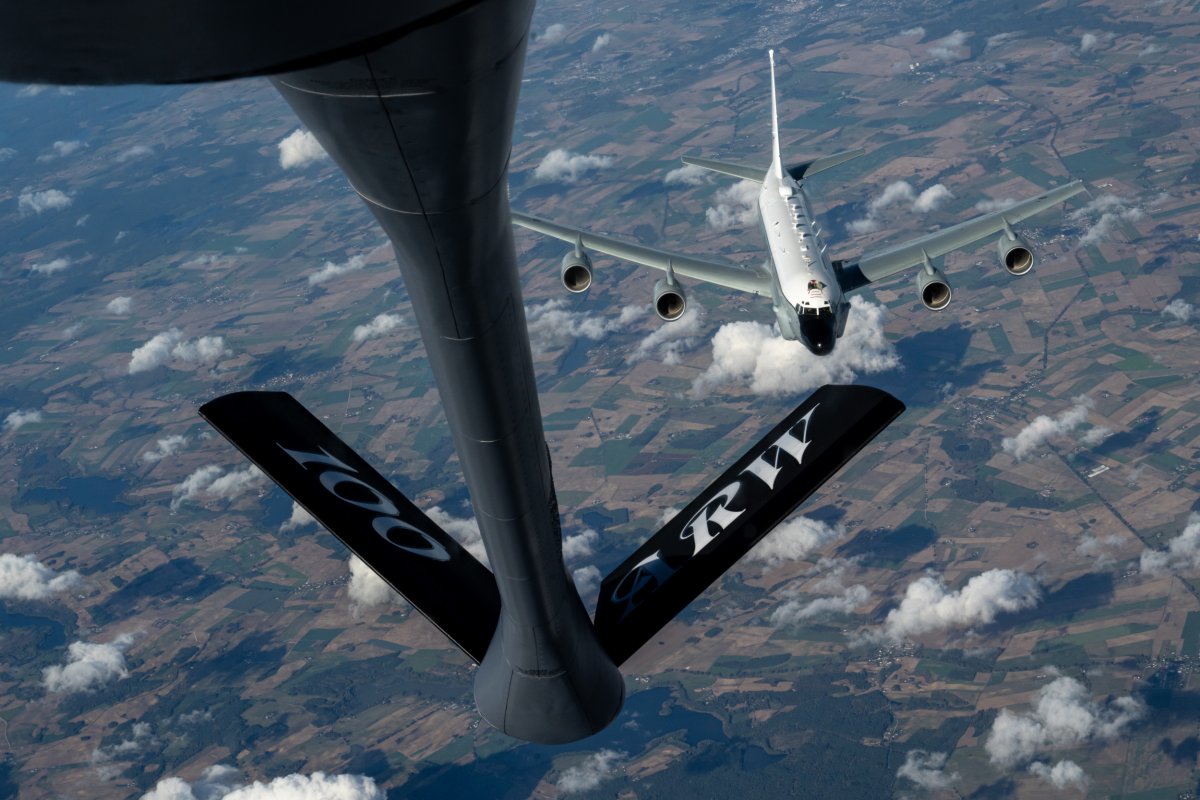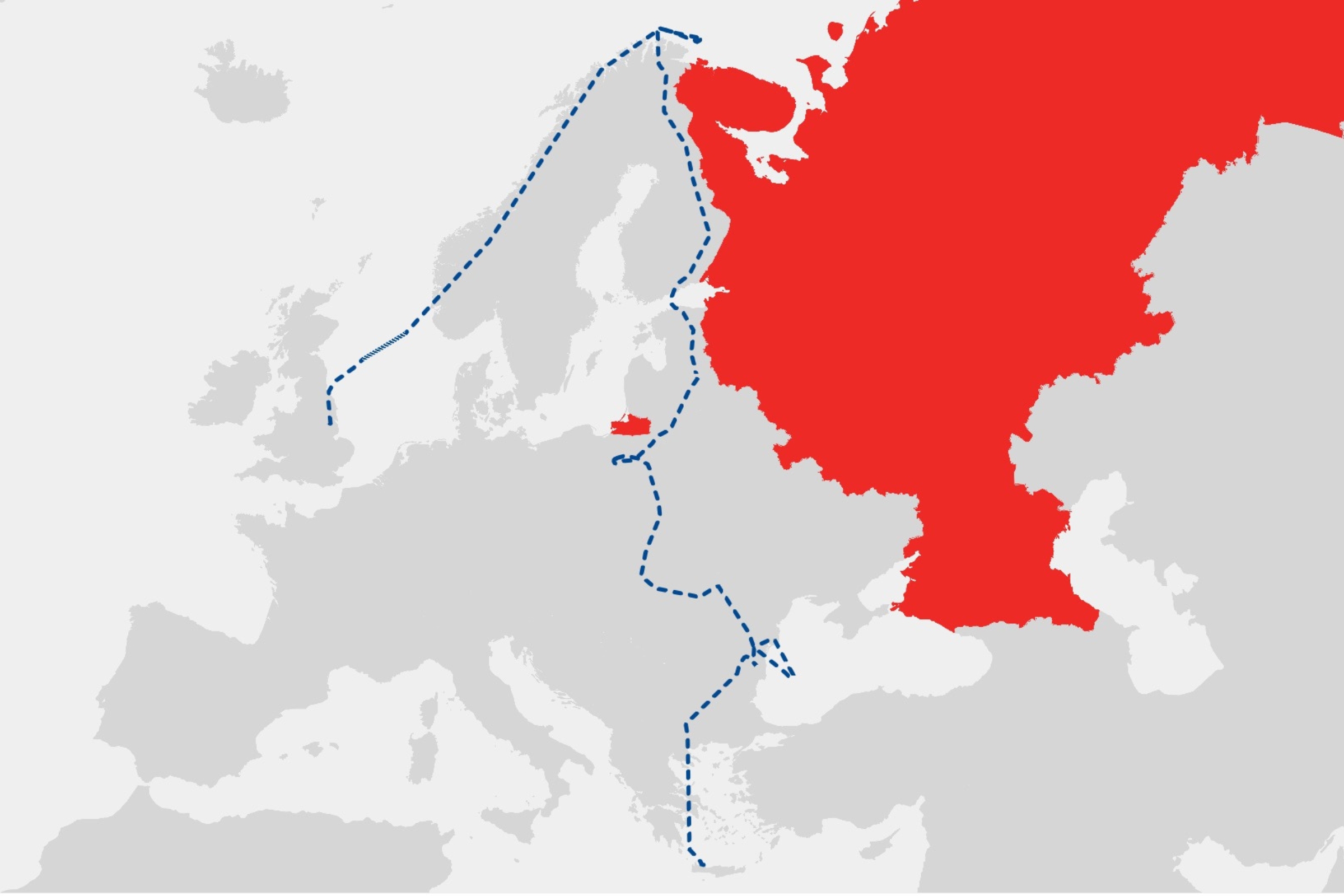This month, a historic flight took place as a UK spy plane, the RC-135W, traversed the entire western border of Russia, marking a significant milestone in NATO’s eastern operations.
The flight, described by the RAF on October 15, achieved the remarkable feat of being the first surveillance mission to span from NATO’s southernmost point in the Mediterranean to the Barents Sea in the north.
The RC-135W, originally developed by the U.S., is equipped to analyze the electromagnetic spectrum by gathering electronic emissions from various communication and radar systems. The Royal Air Force has operated three of these aircraft since receiving them between 2013 and 2017.
According to data from Flightradar24, the Rivet Joint took off from Chania Airport in Greece, navigating Bulgarian airspace before flying over the Black Sea near Romania and southwest of Ukraine.
Continuing northward, the spy plane managed to avoid Ukrainian airspace and conducted an aerial refueling with a U.S. Air Force KC-135T tanker over Poland, which had been dispatched from Mildenhall air base in England.
The U.S. Air Force highlighted that this Rivet Joint flight plays a pivotal role in supporting the UK’s national defense and NATO missions by delivering timely intelligence to military leaders and allied forces.

Senior Airman Christopher Campbell/U.S. Air Force
The aircraft then journeyed over the Baltic states—Lithuania, Latvia, and Estonia—adjacent to Belarus and Russia, also passing by the Russian exclave of Kaliningrad.
After crossing the Gulf of Finland, the Rivet Joint proceeded along the Finland-Russia border, reaching the Barents Sea, an essential area for Russian military operations, just off Norway’s northern coast.
The Barents Sea plays a key role for Russia’s military, particularly for its Northern Fleet, which is stationed in the Murmansk region border with Finland and Norway.
Following a 12-hour mission, the Rivet Joint returned to Waddington air base in eastern England, wrapping up its impressive flight over Norway and the North Sea.
According to the RAF, Rivet Joint aircraft often patrol the borders of NATO nations, with this specific mission showcasing the UK’s strategic capabilities and solidifying its position in defending NATO airspace alongside U.S. forces.
